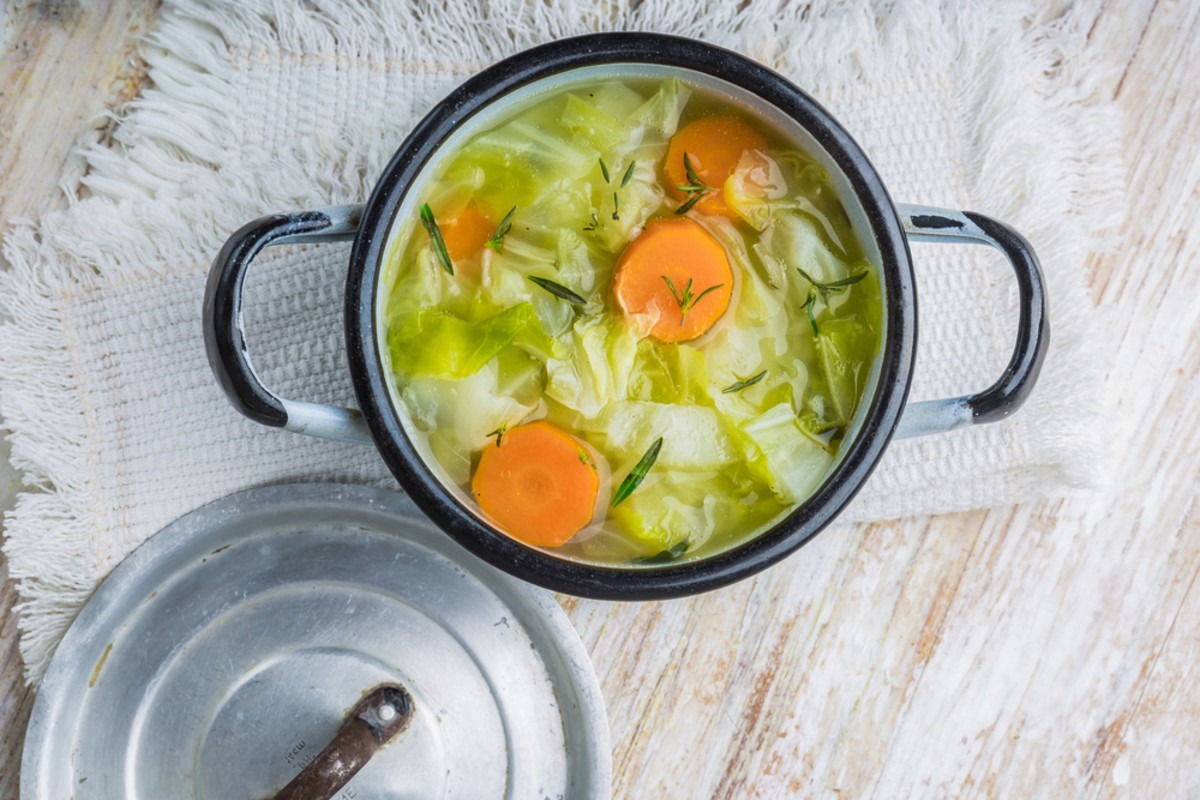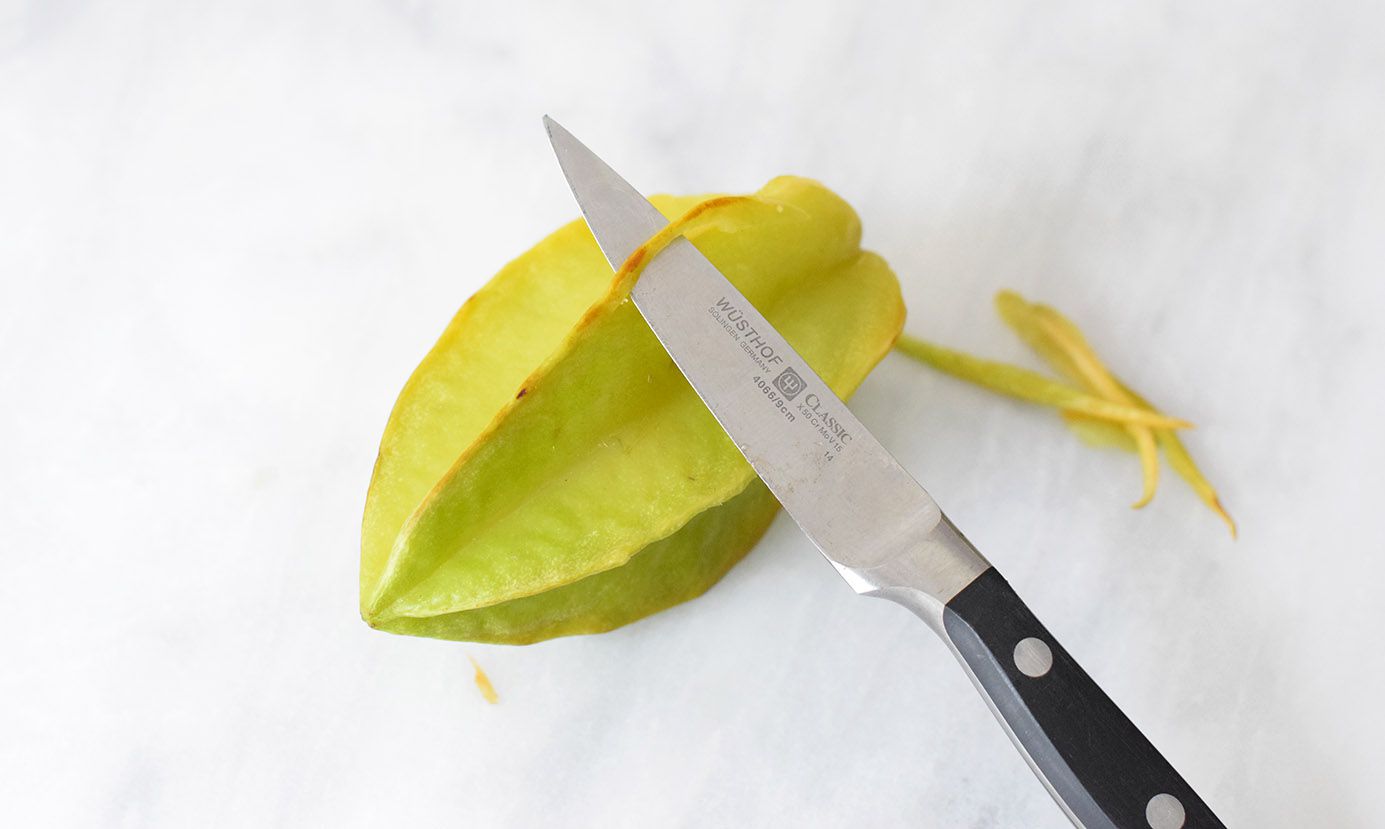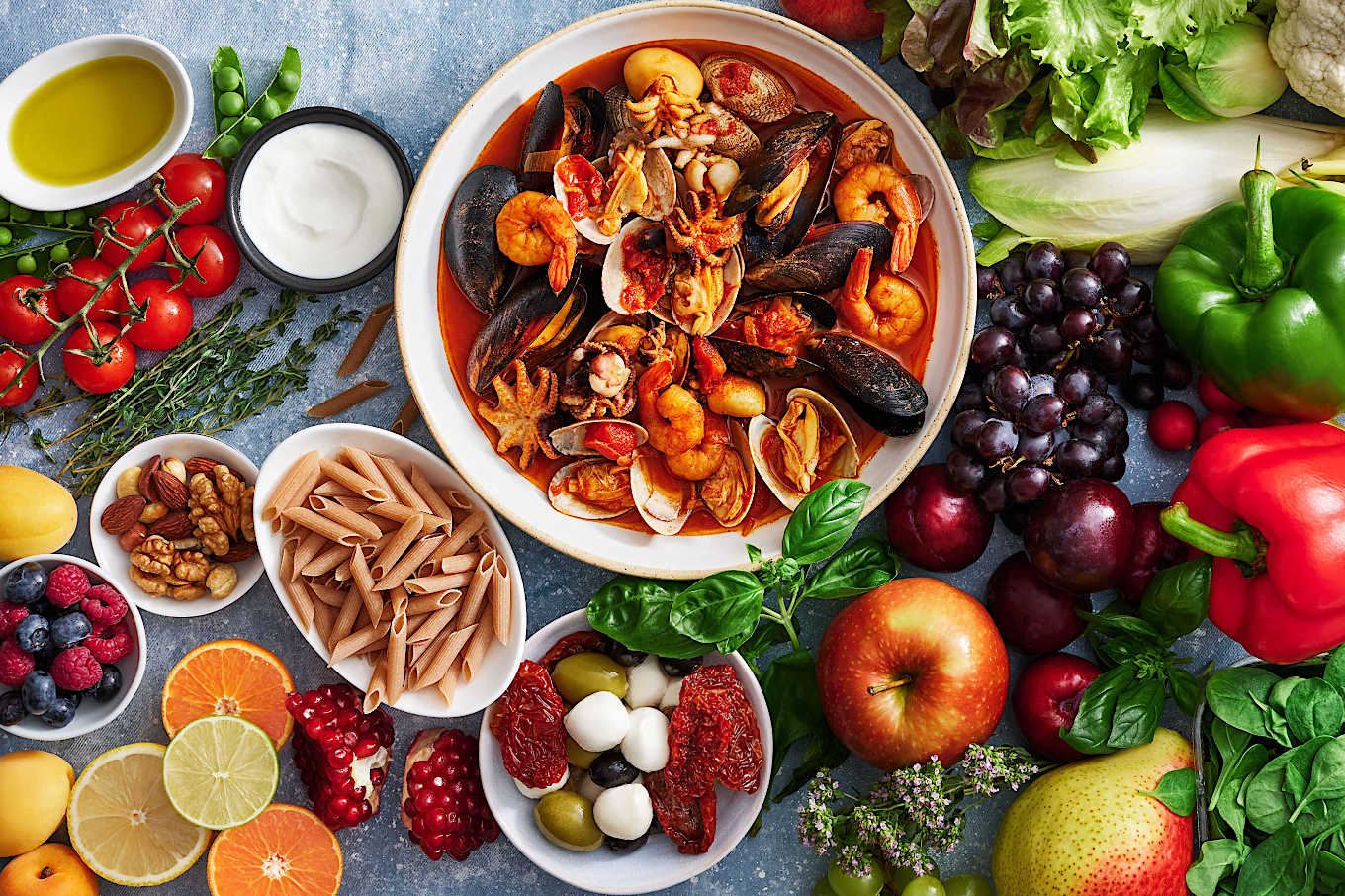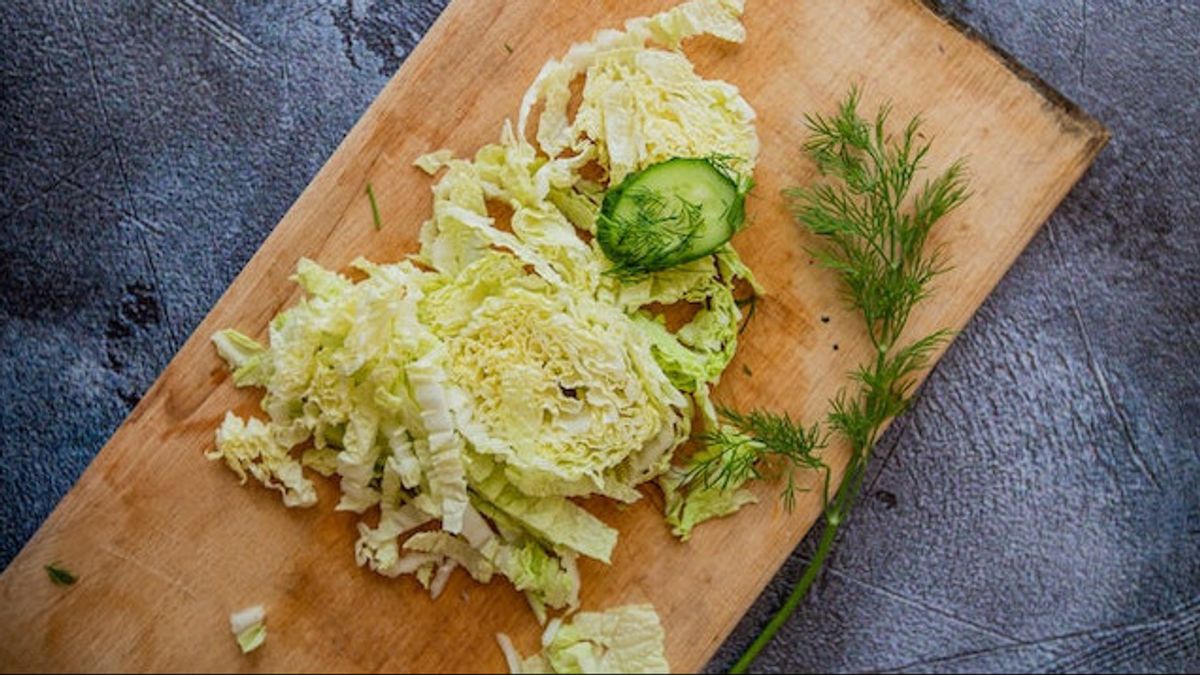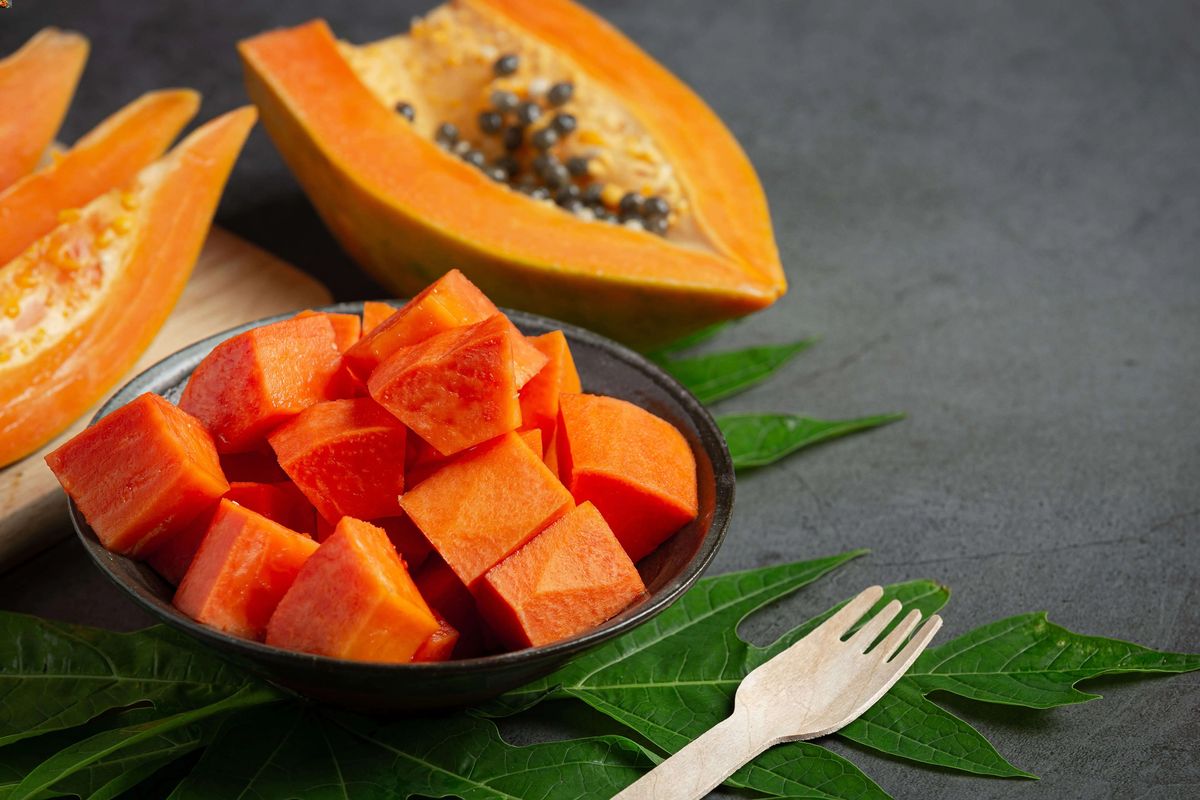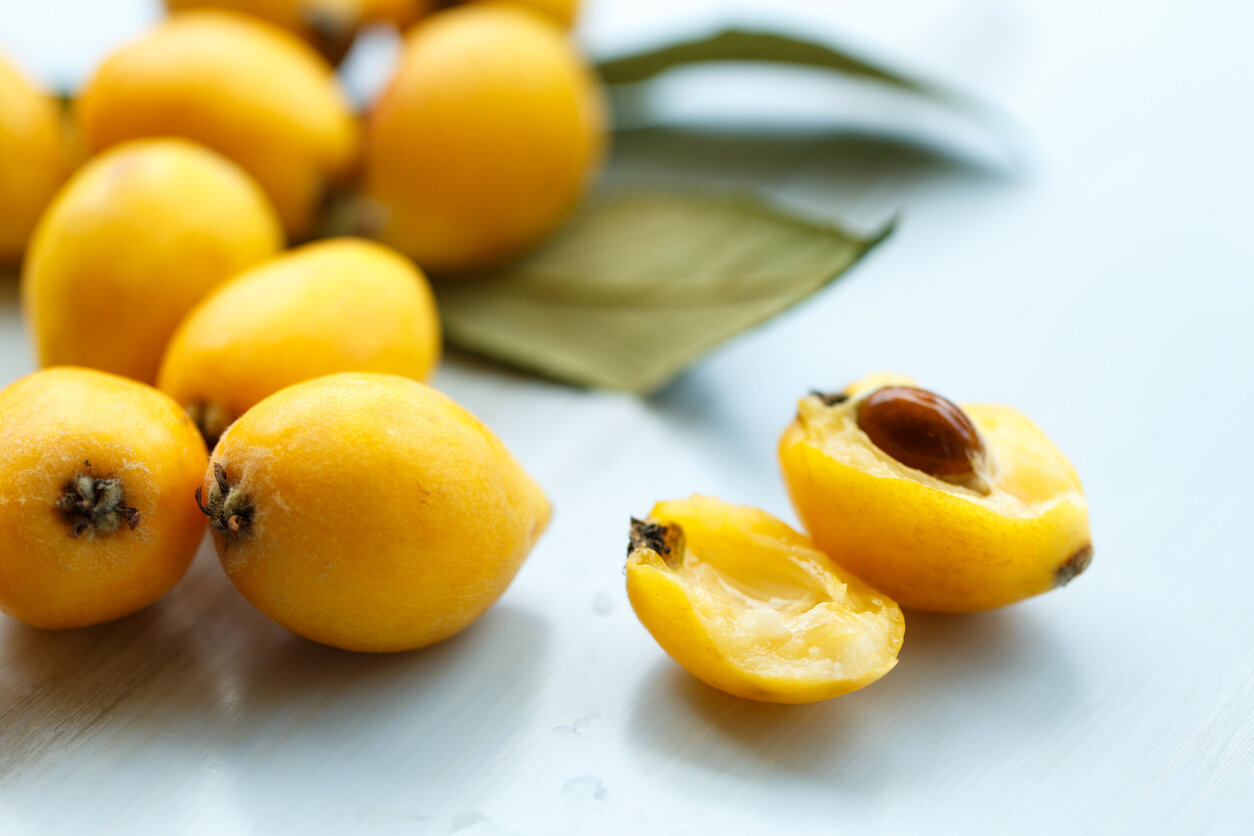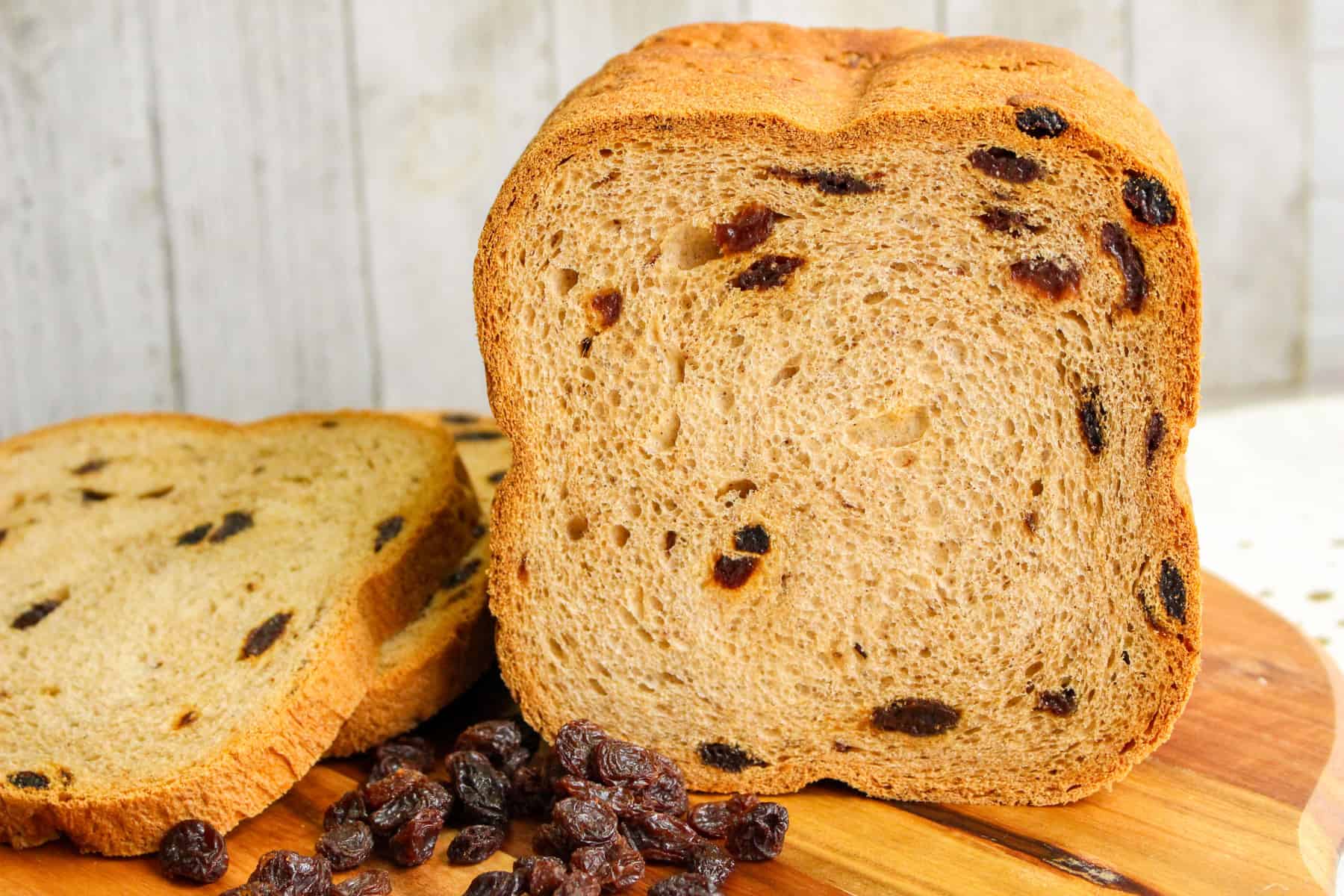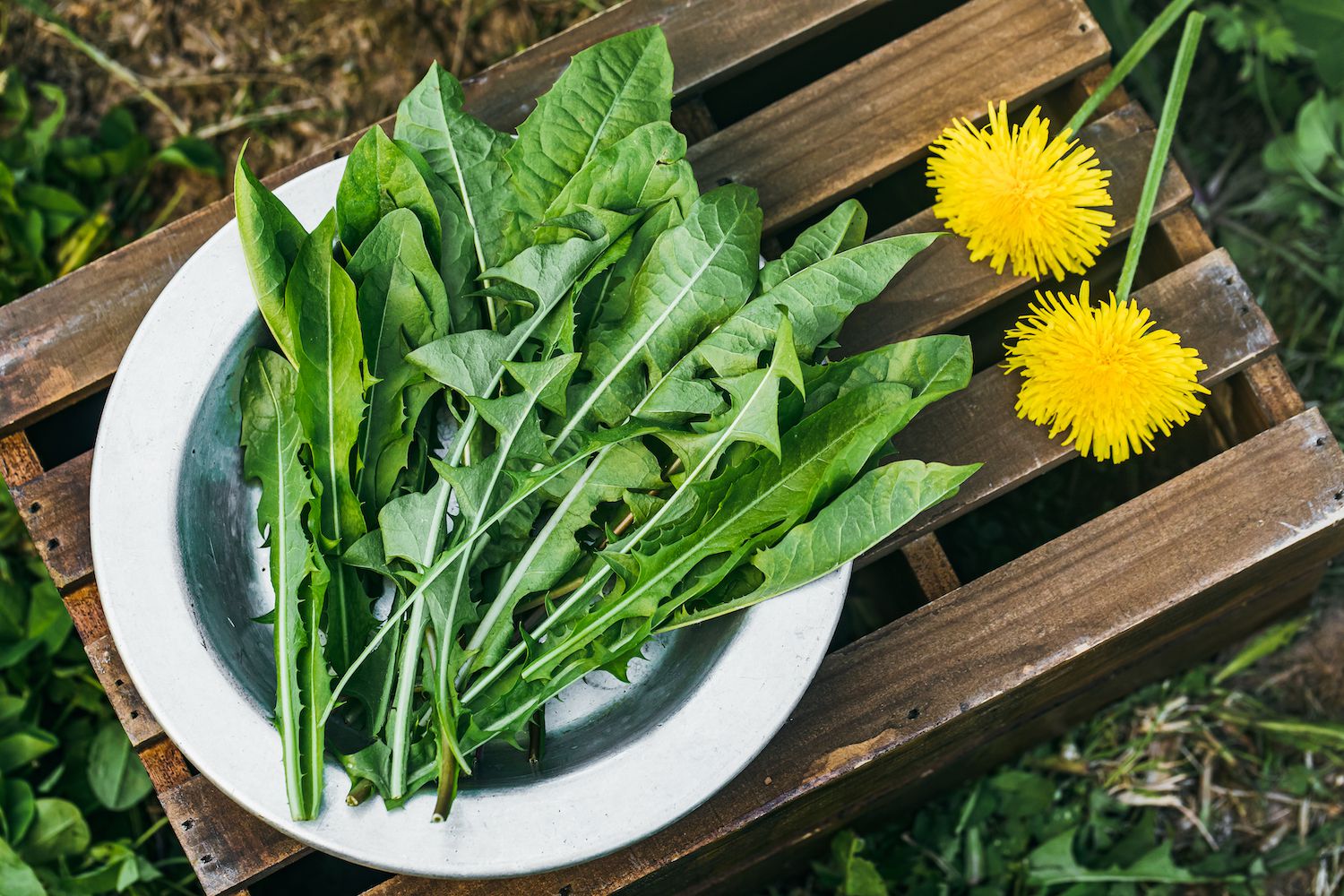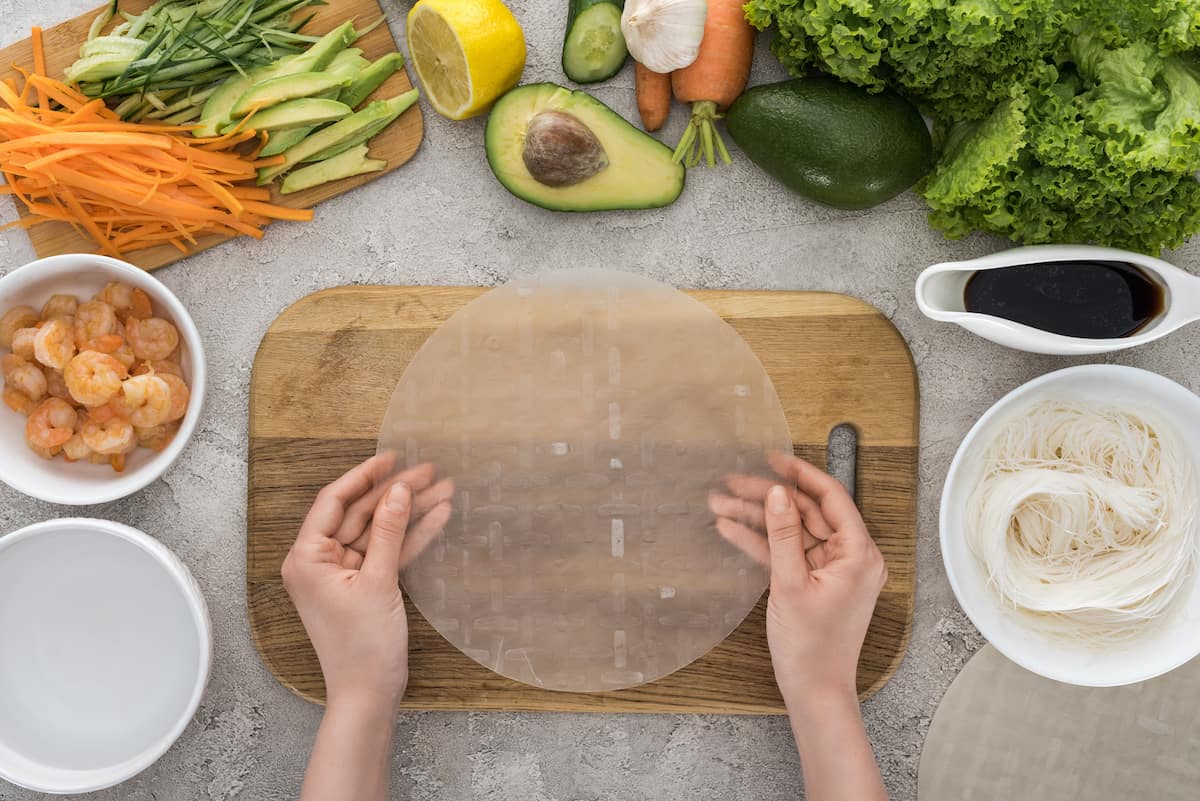Understanding Stage 3 Chronic Kidney Disease
If you have been diagnosed with stage 3 chronic kidney disease (CKD), it’s important to understand how your diet can play a crucial role in managing the condition. In stage 3 CKD, your kidneys are moderately damaged and may not be functioning at full capacity. This means that certain dietary adjustments are necessary to support your kidney health and overall well-being.
Key Nutritional Guidelines
When it comes to managing stage 3 CKD through diet, there are several key nutritional guidelines to keep in mind:
- Monitor Protein Intake: Limiting protein intake can help reduce the workload on your kidneys. However, it’s important to work with a healthcare professional to determine the right amount of protein for your individual needs.
- Control Phosphorus and Potassium: As kidney function declines, it becomes more challenging for the body to regulate phosphorus and potassium levels. Monitoring and controlling these minerals is essential to prevent complications.
- Manage Sodium Intake: Limiting sodium can help manage blood pressure and reduce the risk of fluid retention, which are common concerns for individuals with CKD.
- Stay Hydrated: Adequate hydration is important for kidney function. However, fluid intake may need to be adjusted based on individual circumstances, so it’s best to consult with a healthcare professional.
Healthy Eating Tips for Stage 3 CKD
Adopting a kidney-friendly diet can help support your overall health and manage the progression of CKD. Here are some healthy eating tips to consider:
- Focus on High-Quality Protein: Incorporate high-quality sources of protein such as fish, poultry, and eggs. These options provide essential nutrients without overloading your kidneys.
- Choose Low-Phosphorus Foods: Opt for foods that are lower in phosphorus, such as fresh fruits and vegetables, white bread, and rice. Limiting phosphorus can help prevent complications associated with CKD.
- Monitor Potassium Intake: Some fruits and vegetables are high in potassium, so it’s important to monitor your intake of these foods. Apples, berries, and cabbage are examples of lower-potassium options.
- Read Food Labels: Pay attention to food labels to identify hidden sources of sodium and phosphorus. This can help you make informed choices while grocery shopping.
- Work with a Dietitian: A registered dietitian can provide personalized guidance on meal planning and nutritional management tailored to your specific needs and preferences.
Meal Ideas for a Kidney-Friendly Diet
Creating balanced and flavorful meals while adhering to the dietary recommendations for stage 3 CKD is possible with a bit of creativity. Here are some meal ideas to inspire your kidney-friendly eating plan:
- Grilled Chicken Salad: Toss grilled chicken breast with mixed greens, cherry tomatoes, and a light vinaigrette for a refreshing and protein-packed meal.
- Vegetable Stir-Fry: Sauté an assortment of colorful vegetables such as bell peppers, snap peas, and broccoli in a low-sodium sauce for a nutrient-rich and kidney-friendly dish.
- Salmon with Herbed Quinoa: Enjoy a serving of baked salmon alongside a flavorful herbed quinoa for a satisfying and phosphorus-conscious meal.
- Egg White Omelet: Fill an egg white omelet with spinach, mushrooms, and a sprinkle of low-phosphorus cheese for a delicious and kidney-friendly breakfast option.
Conclusion
Managing stage 3 chronic kidney disease through diet involves making mindful choices to support your kidney function and overall health. By following the nutritional guidelines, incorporating kidney-friendly eating tips, and exploring creative meal ideas, you can take proactive steps to optimize your well-being while living with CKD.
